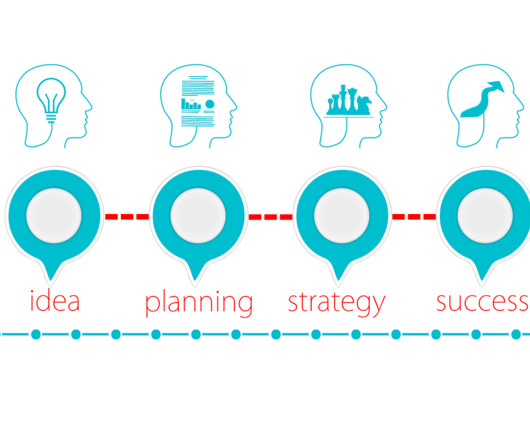Transformational CSR: When a pro-bono client metamorphizes into a cultural change agent within an agency
Waxing UnLyrical
APRIL 11, 2019
For most companies, Corporate Social Responsibility (CSR) means giving back to the surrounding community. Companies choose to give because it’s the right thing to do, and it directly impacts the communities in which their employees live and work. For creative marketing agencies, CSR often takes the form of pro-bono services.












Let's personalize your content